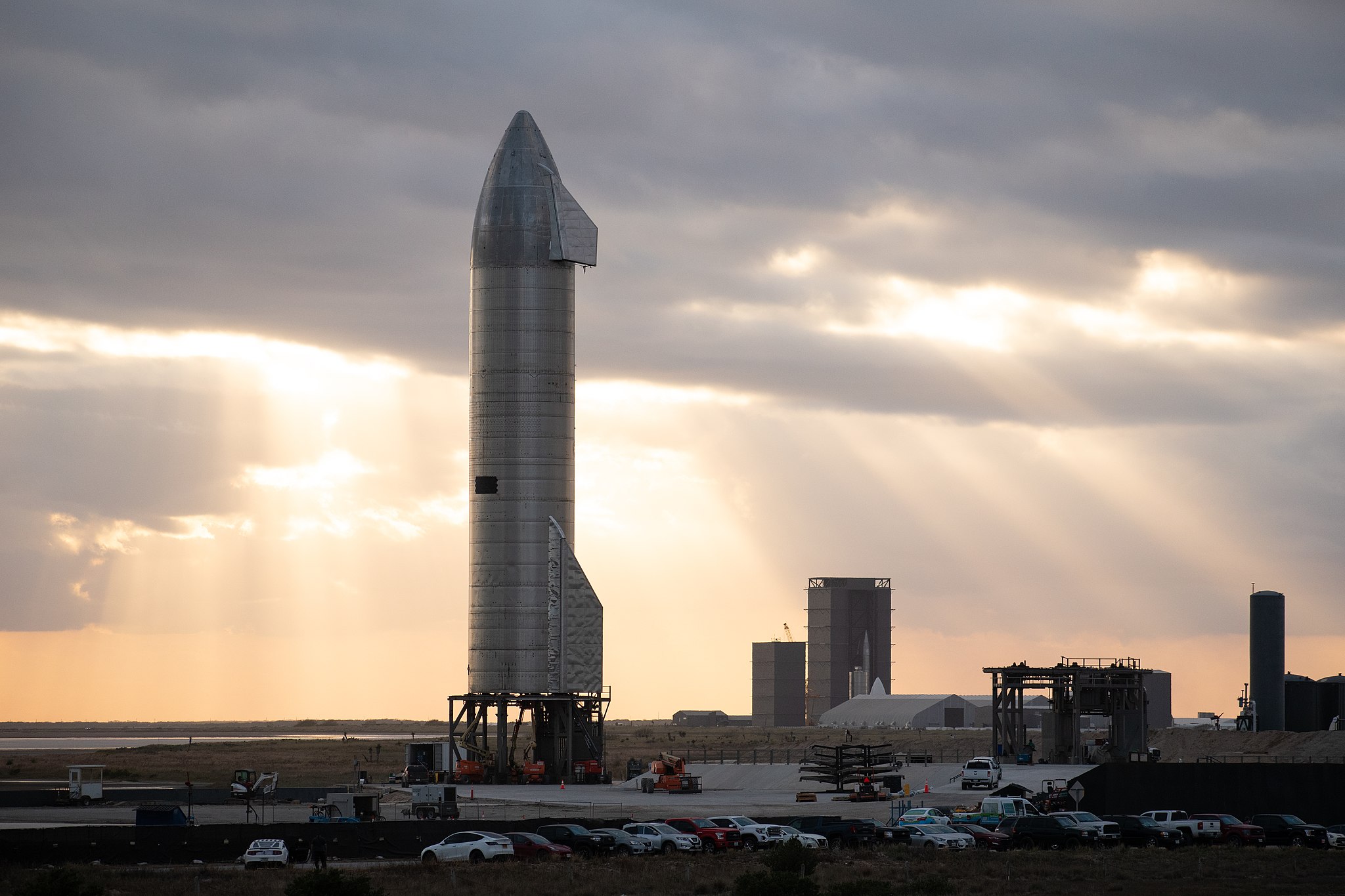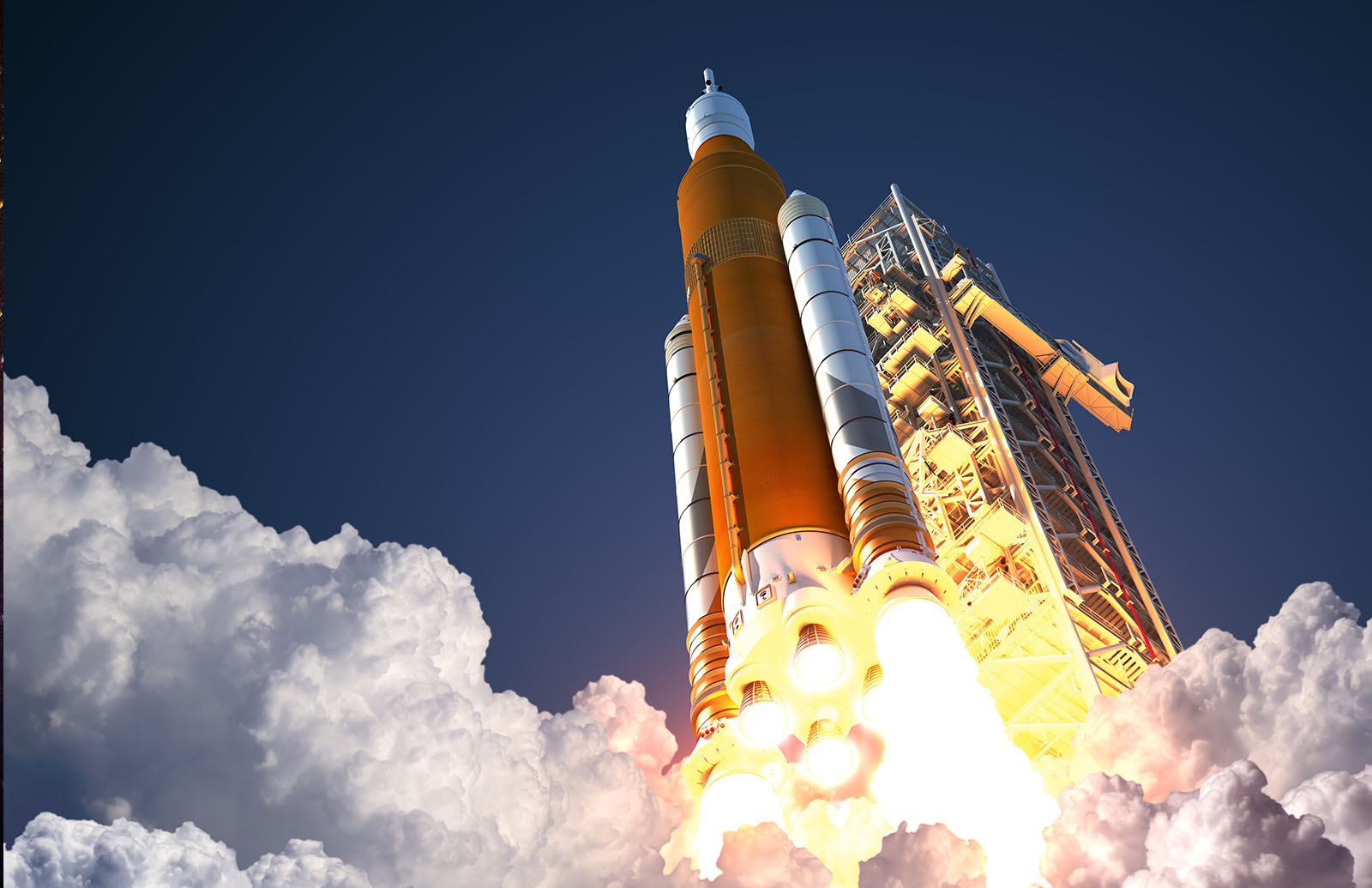During a webcast of the flight, SpaceX commentators revealed that mission control lost communication with Starship due to simultaneous signal dropout from two separate satellite systems when the spacecraft was re-entering Earth’s atmosphere at hypersonic speed.
About an hour after launch from south Texas, the spacecraft was close to its planned splashdown in the Indian Ocean. Shortly after a live video feed from a mounted camera showed high-definition views, contact with Starship was lost.
The feed displayed a reddish glow (the re-entry friction heat) engulfing the silvery spacecraft as it plunged back towards Earth.
SpaceX later revealed that the spacecraft had been “lost,” suggesting that it was incinerated or broken apart – during the stress of re-entry. “We have lost Ship 28,” Dan Huot, communications manager at SpaceX, said on the company’s webcast.
SpaceX Starship: Reaching record altitudes
While achieving significant progress, the Elon Musk-led astronautics company chose not to attempt a crucial test objective during Starship’s flight: reigniting one of its Raptor engines in low-Earth orbit. This manoeuvre is considered necessary for the spacecraft’s future success.
Despite the setback during re-entry, completing most of Starship’s planned manoeuvres marks a significant step forward for SpaceX’s satellite launch ambitions and NASA’s Artemis program.
In a statement on Musk’s social media platform X (formerly Twitter), NASA chief Bill Nelson congratulated SpaceX on what he described as a “successful test flight.” It is worth noting that NASA is SpaceX’s biggest customer.
Congrats to @SpaceX on a successful test flight! Starship has soared into the heavens. Together, we are making great strides through Artemis to return humanity to the Moon—then look onward to Mars. https://t.co/VXq8Vp1sAc
— Bill Nelson (@SenBillNelson) March 14, 2024
Taking to X, SpaceX President Gwynne Shotwell noted that the test marked an “incredible day.” Musk also congratulated his company in an X post shortly after the launch. “Starship reached orbital velocity,” he wrote.
The two-stage spacecraft, consisting of the Starship upper stage stacked upon its powerful Super Heavy booster, soared from its Starbase launch site in Texas. The Starship upper stage reached 145 miles (234 km) before encountering re-entry challenges. This flight surpassed Starship’s two previous attempts, with both ending in explosions shortly after liftoff.
SpaceX didn’t shy away from acknowledging the high chance of this encountering a similar fate before completion. SpaceX, known for its daring test strategies, pushes its Starship to the limit on every flight.
By adopting this “learn by doing” strategy, the SpaceX team can collect valuable data from failures while paving the way for future success through rapid iteration. The recently concluded flight marks many triumphs, such as successfully replicating stage separation from the previous launch.
Engineering goals: Starship achieved vs. failed to achieve
Notably, the flight achieved several engineering goals for the mission, such as demonstrating Starship’s ability to manage its payload door in space for the first time and accomplishing a propellant transfer manoeuvre that has yet to be attempted.
On the downside, SpaceX failed to fly the Super Heavy rocket back to Earth, which is part of the company’s routine strategy of recovering its reusable launch boosters. SpaceX officials say the company plans to conduct at least six more Starship flights before the year ends, provided they manage to acquire regulatory approval.
Before the vehicle can fly again, SpaceX will have to investigate the test mission failure and share its findings and corrective actions with the Federal Aviation Administration for the agency’s approval.
Despite progress, Starship still faces many tests and missions before it can be deemed safe for carrying humans. According to a report by Money Control, Musk is relying heavily on Starship to produce a mammoth, cutting-edge spacecraft that can effortlessly send people and cargo to the moon later this decade and facilitate human travel to Mars.
In February, Musk shed some light on his ambitious plan to colonise Mars in an X post, noting that he plans to send millions of people to Mars.







